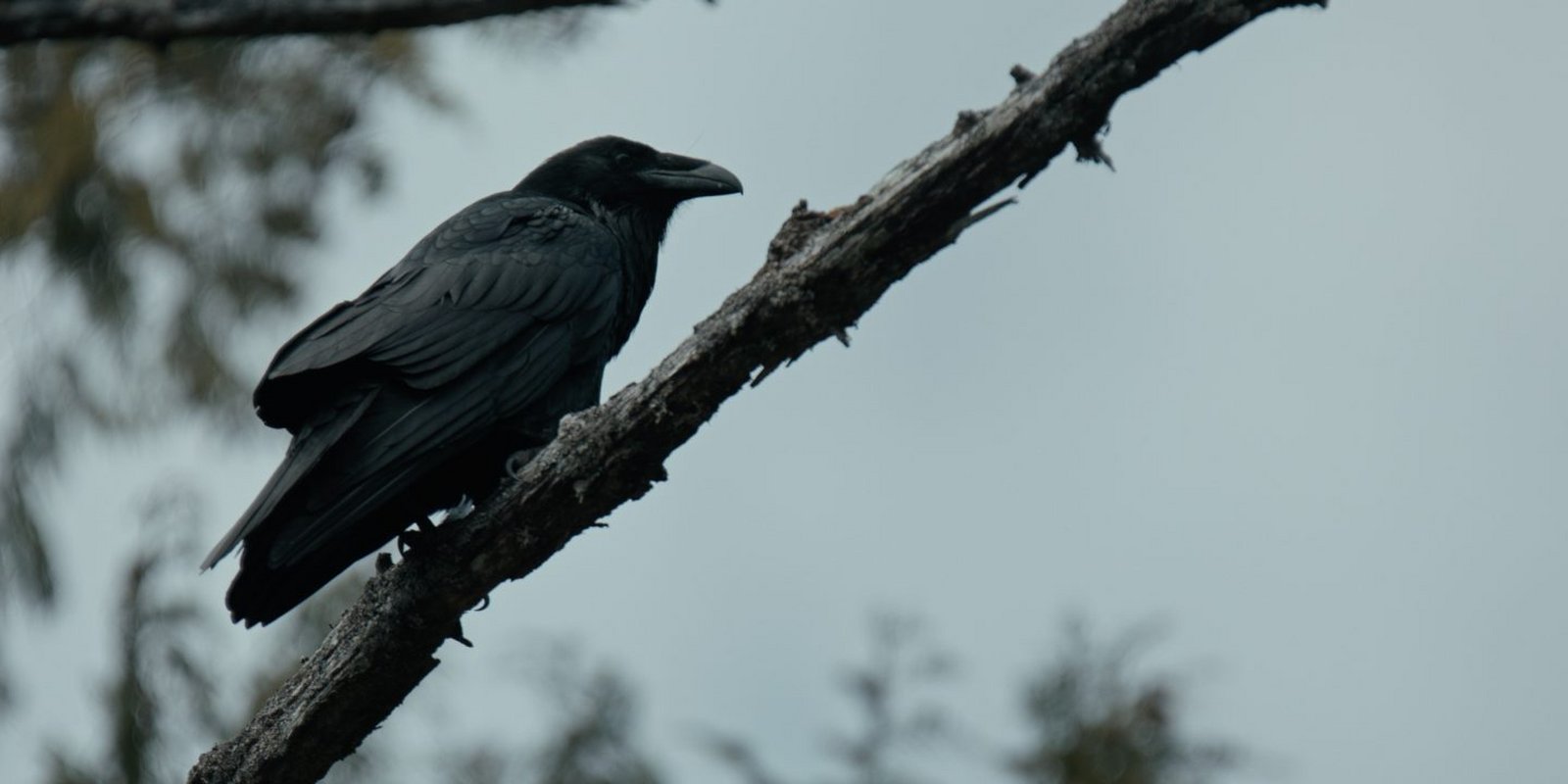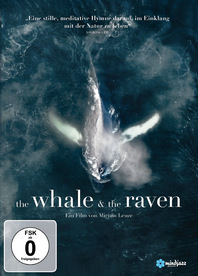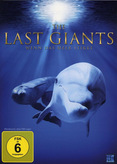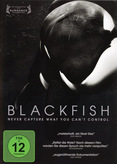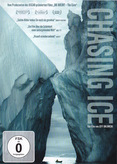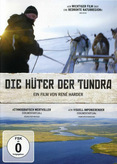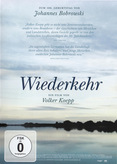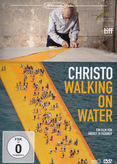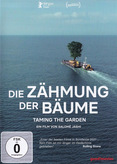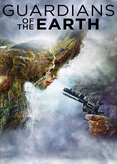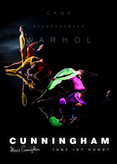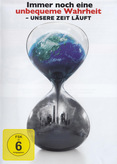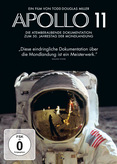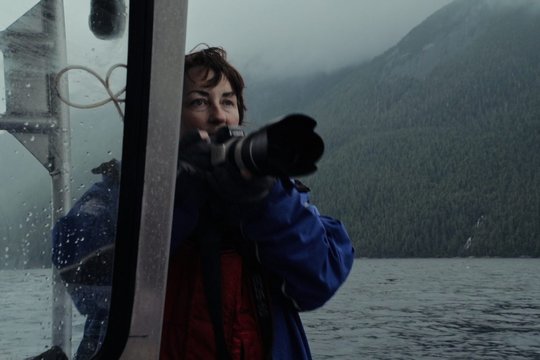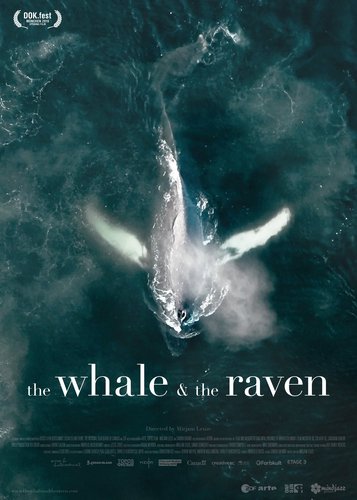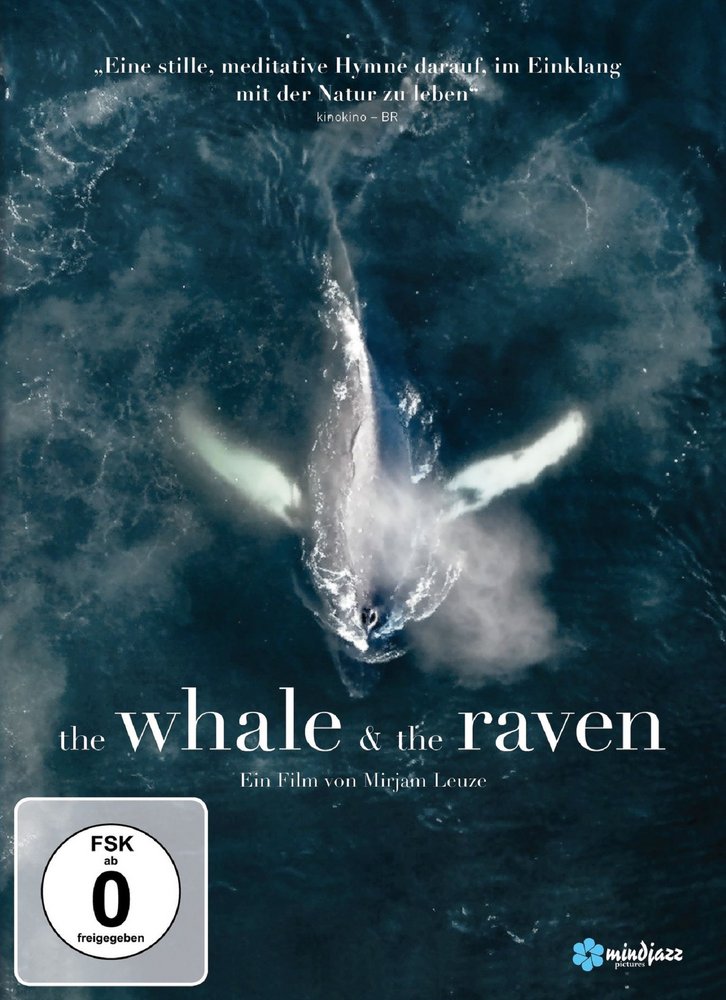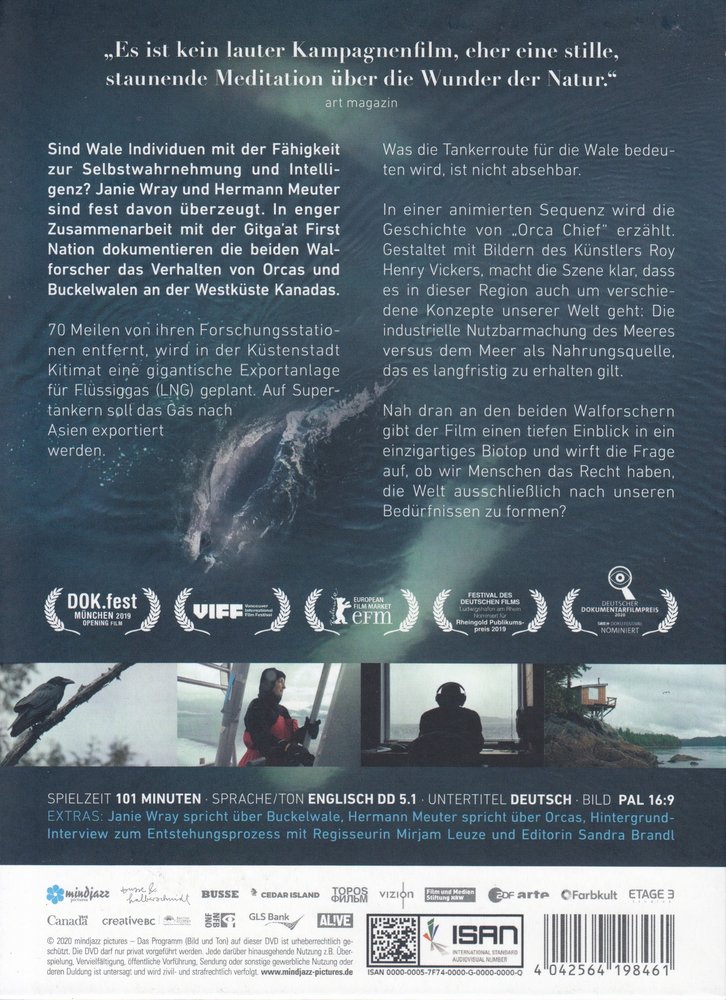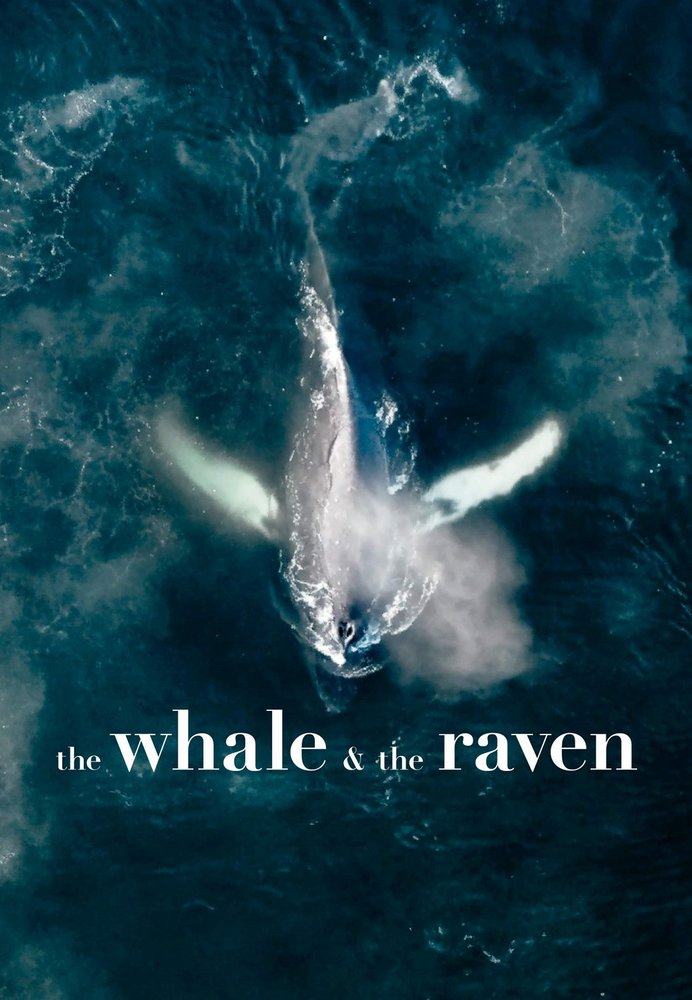Sind Wale Individuen mit der Fähigkeit zur Selbstwahrnehmung und Intelligenz? Janie Wray und Hermann Meuter sind fest davon überzeugt. Seit 15 Jahren dokumentieren die beiden Wal-Forscher das Verhalten von Orcas, Buckel- und Finnwalen an der Westküste Kanadas. 70 Meilen von ihren Forschungsstationen entfernt liegt die kleine Küstenstadt 'Kitimat'. Hier wird eine gigantische Exportanlage für Flüssiggas, kurz 'LNG', geplant. Auf Supertankern soll das Gas nach Asien exportiert werden. Was die Tankerroute für die Wale bedeuten wird, ist nicht absehbar. Auch die 'Gitga'at First Nation', die in dem kleinen Ort 'Hartley Bay' leben, haben sich nach einem zehnjährigen Kampf dem Druck von Industrie und Regierung gebeugt und zugestimmt, dass zukünftig Hunderte von Supertankern durch die Fjorde ihres Territoriums fahren werden. In den Geschichten der First Nations, den ersten Bewohnern dieser Küste, wird das Meer als Unterwasserkönigreich beschrieben. 'Orca Chief' wacht über die Bewohner des Meeres und weist respektlose Menschen in ihre Schranken. In einer animierten Sequenz, erzählt mit Bildern des Künstlers Roy Henry Vickers, macht die Geschichte von Orca-Chief klar, dass es in dieser Region auch um verschiedene Konzepte unserer Welt geht: Die industrielle Nutzbarmachung des Meeres versus dem Meer als Nahrungsquelle, das es langfristig zu erhalten gilt...
In ihrem Dokumentarfilm 'The Whale and the Raven' (2019) wirft Regisseurin Mirjam Leuze die Frage auf, ob wir Menschen das Recht haben, die Welt ausschließlich nach unseren Bedürfnissen zu formen. Was wäre, wenn Selbstwahrnehmung, Mitgefühl und Denken nicht ausschließlich menschliche Fähigkeiten wären? Nah dran an den beiden Walforschern Hermann Meuter und Janie Wray gibt der Film einen tiefen Einblick in ein einzigartiges Biotop. Ein Kooperationspartner war 'Greenpeace' zum deutschen Kinostart am 5. September 2019.
Weiterlesen »
Are whales individuals with the capacity for self-awareness and intelligence? Janie Wray and Hermann Meuter are firmly convinced of this. For 15 years, the two whale researchers have been documenting the behavior of orcas, humpback and fin whales on the west coast of Canada. 70 miles from their research stations is the small coastal town of Kitimat. A gigantic export plant for liquefied natural gas, or 'LNG' for short, is being planned here. The gas is to be exported to Asia on supertankers. What the tanker route will mean for the whales is not foreseeable. The 'Gitga'at First Nation', who live in the small town of 'Hartley Bay', have also bowed to pressure from industry and government after a ten-year struggle and agreed that hundreds of supertankers will sail through the fjords of their territory in the future. In the stories of the First Nations, the first inhabitants of this coast, the sea is described as an underwater kingdom. 'Orca Chief' watches over the inhabitants of the sea and puts disrespectful humans in their place. In an animated sequence told with images by the artist Roy Henry Vickers, the story of Orca-Chief makes it clear that this region is also about different concepts of our world: the industrial exploitation of the sea versus the sea as a source of food that must be preserved in the long term...
In her documentary 'The Whale and the Raven' (2019), director Mirjam Leuze raises the question of whether we humans have the right to shape the world exclusively according to our needs. What if self-awareness, compassion and thinking were not exclusively human abilities? Close to the two whale researchers Hermann Meuter and Janie Wray, the film gives a deep insight into a unique biotope. One cooperation partner was 'Greenpeace' for the German theatrical release on September 5, 2019.
More »

